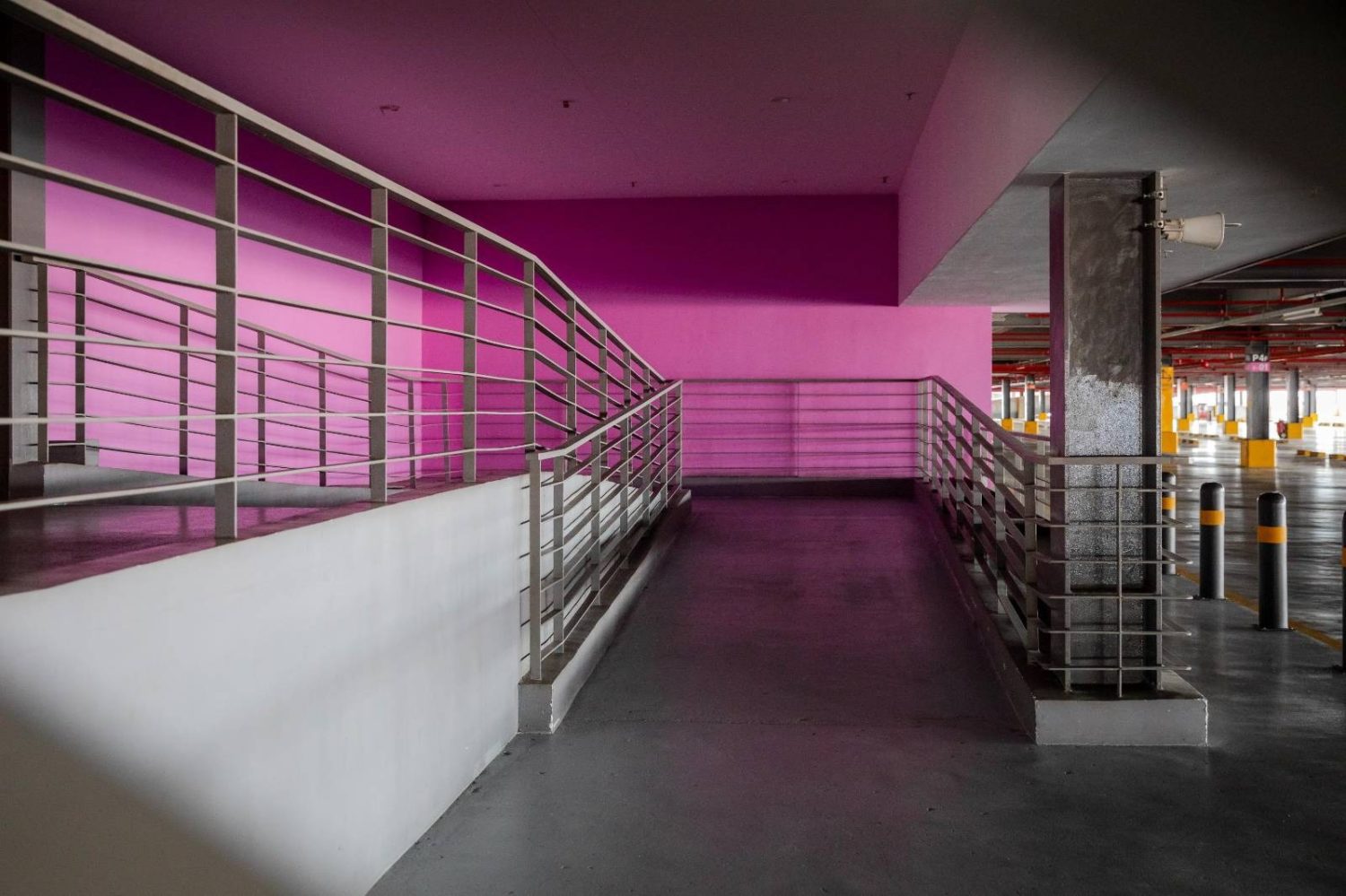The Unseen Revolution: Why Wheelchair Accessible Ramps Are Indispensable

In a world striving for inclusivity and equality, the humble wheelchair accessible ramp stands as a silent but powerful testament to progress. Far more than just an inclined plane, it represents a fundamental shift in how societies view and accommodate individuals with mobility impairments. Its importance extends beyond mere convenience, touching upon human rights, economic opportunity, social participation, and even psychological well-being.
This article will delve into the multifaceted significance of wheelchair ADA ramp slope, exploring their impact on individuals, communities, and the very fabric of an equitable society.
Breaking Down Barriers: The Cornerstone of Accessibility
At its core, a wheelchair accessible ramp is a barrier-removal device. For millions globally, steps and uneven terrain present insurmountable obstacles, effectively rendering countless public and private spaces inaccessible. Without ramps, buildings, transportation, and even basic services become exclusive domains, denying individuals with mobility challenges the same opportunities and freedoms enjoyed by others. This exclusion is not merely inconvenient; it can be deeply isolating and detrimental to quality of life.
Promoting Social Inclusion and Participation
Beyond individual independence, wheelchair accessible ramps are crucial for fostering social inclusion. When public spaces, workplaces, and entertainment venues are ramped, individuals with mobility impairments can participate more fully in community life. This means attending concerts, sporting events, religious services, family gatherings, and community meetings alongside their peers.
Without ramps, these experiences are often denied, leading to social isolation and marginalization. Inclusive infrastructure encourages greater interaction between people of all abilities, breaking down stereotypes and fostering a more accepting and understanding society. Children with disabilities can attend school with their non-disabled peers, adults can participate in civic discourse, and families can enjoy outings together without facing constant access challenges. This seamless integration enriches the entire community by embracing diversity and leveraging the talents and perspectives of all its members.
Compliance and Legal Imperatives: A Moral and Legal Obligation
In many parts of the world, including Kenya, the construction and provision of wheelchair accessible ramps are no longer just a matter of goodwill but a legal requirement. Legislation such as disability acts and building codes mandate accessibility standards to prevent discrimination and ensure equal opportunities. These laws reflect a growing societal recognition that accessibility is a fundamental human right.
Adherence to these regulations is not only about avoiding legal penalties but also about upholding ethical principles. It signifies a commitment to creating a fair and equitable society where everyone has the right to access public spaces and services. Ignoring these legal imperatives perpetuates discrimination and reinforces systemic barriers that disadvantage individuals with disabilities. Therefore, the implementation of wheelchair accessible ramps is a moral and legal obligation for governments, businesses, and individuals alike.
The Future of Accessibility: Beyond Ramps
While this article champions the indispensable role of wheelchair accessible ramps, it is important to acknowledge that they are one component of a larger accessibility ecosystem. True universal design goes beyond ramps to encompass features like accessible restrooms, wide doorways, tactile paving, clear signage, and accessible transportation.
However, the ramp remains a foundational element, often the first and most visible symbol of a commitment to inclusivity. As societies continue to evolve, the demand for truly accessible environments will only grow. This requires ongoing education, advocacy, and investment in infrastructure that anticipates the needs of all citizens, rather than retrofitting after the fact.
Conclusion
The wheelchair accessible ramp is a silent revolutionary, transforming lives and fostering a more equitable world. Its importance transcends mere physical access, impacting independence, dignity, social inclusion, economic opportunity, and legal compliance. By dismantling physical barriers, ramps empower individuals with mobility impairments to participate fully in society, contributing their unique talents and enriching the collective human experience.
As we look towards a future of true universal design, the humble ramp will continue to stand as a powerful symbol of progress, a testament to our collective commitment to a world where everyone belongs and can thrive.





